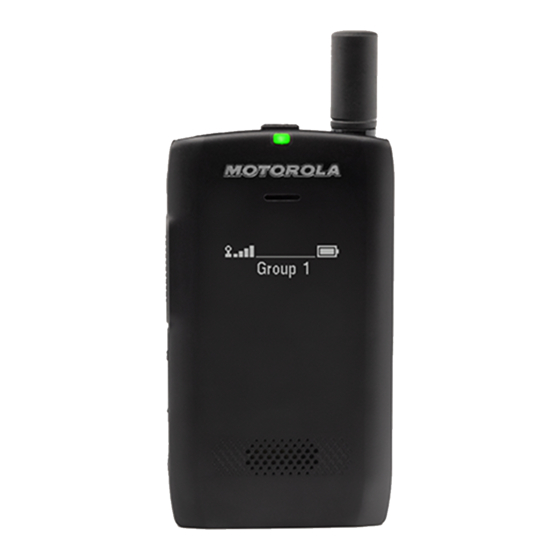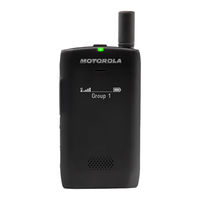
Motorola ST7000 Manuals
Manuals and User Guides for Motorola ST7000. We have 4 Motorola ST7000 manuals available for free PDF download: Basic Service Manual, Feature User Manual, Product Information Manual, Quick Reference
Motorola ST7000 Feature User Manual (91 pages)
Mobile Release 18.5
Brand: Motorola
|
Category: Portable Radio
|
Size: 3.49 MB
Table of Contents
-
Copyrights
11 -
-
-
Microsd Card18
-
Writing Text27
-
Display28
-
Status Icons29
-
-
-
-
-
Bluetooth77
Advertisement
Motorola ST7000 Basic Service Manual (92 pages)
Brand: Motorola
|
Category: Two-Way Radio
|
Size: 18.77 MB
Table of Contents
-
Copyrights11
-
Repair18
-
-
-
Duplex Test44
-
RF Tests49
-
Motorola ST7000 Product Information Manual (86 pages)
Brand: Motorola
|
Category: Portable Radio
|
Size: 1.04 MB
Table of Contents
-
-
-
Group Call22
-
PTT Queue27
-
Late Entry27
-
Private Call28
-
Phone Call30
-
Packet Data36
-
-
-
Registration40
-
Call Roaming41
-
Bluetooth55
-
-
Display63
-
Tones67
-
Audio Toggle69
-
Test Page70
-
Radio Info71
Advertisement
Motorola ST7000 Quick Reference (82 pages)
Motorola PCS telephone Quick Reference
Table of Contents
-
Safety7
-
Phone Status55
-
-
-
Ring Volume66
-
Call Charge67
-
Call Timer67
-
-
Accessories69
-
Index79



